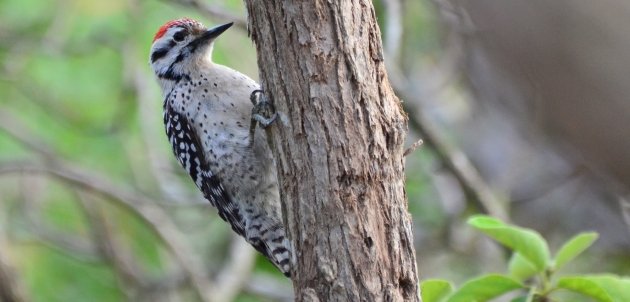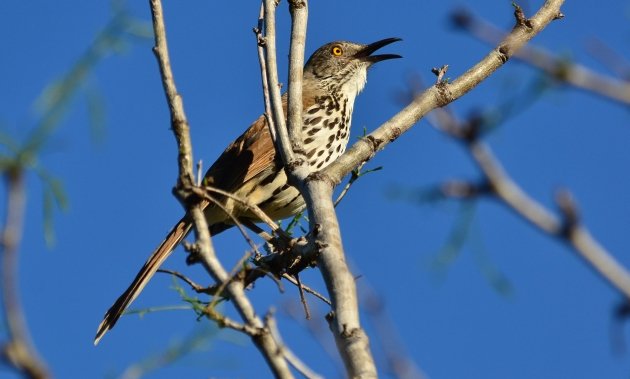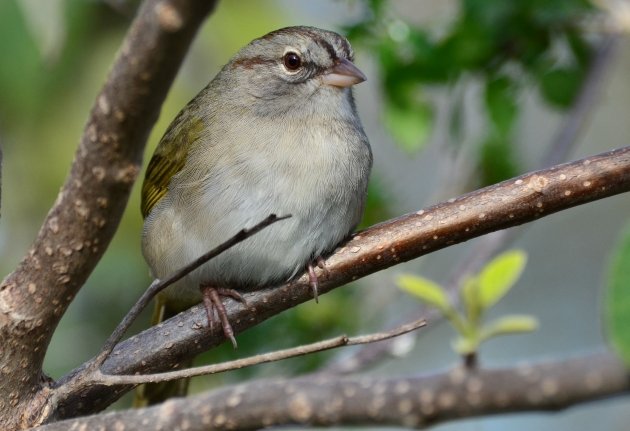
The patch. All birders know what a patch is, and I’m going to do all of us a favor and spare you the definition of a patch and what it means’s to it’s “owner”…it is known. You are welcome. The real challenge in discussing a patch is making it somehow interesting to other birders…after all, a patch is a personal thing, so blogging about one’s patch is akin to blogging about one’s bird list…it may be interesting at first, but it gets old really quick. It is known. Fortunately for everyone involved, there is no shortage of interest in what this great ornithologist does…from how often he picks his nose to his favorite feather tract on AHY Northern Beardless-Tyrannulets.
Living a highly migratory lifestyle, I’ve had a lot of patches, but honestly none I ever forged a strong and lasting bond with…my very first patch was destroyed by a golf course, so I didn’t get the best start to patch-birding. In my last place of residence (Oakland,CA), I thought I found a place that would make an excellent patch, but I just was not able to get excited about the mediocre birding there despite it’s proximity to my house. Even the gulling was poor.
Which brings us to the real topic of the day…I’m not calling Oakland home at the moment…in fact, I have taken up residence in Harlingen, TX. This area is rife with good birding spots, and because The Forces That Be recognize and appreciate a Great Ornithologist when they see one, I have been given lodging in an appropriate place: across the street from the best birding spot in town.
Hugh Ramsey Nature Park has the highest species list of any hotspot within the city limits on eBird. It’s a fully legitimate birding spot that gets covered well. It’s a World Bird Center site, and has a plethora of water features and feeding stations amid 55 acres of native woodlands and modest wetlands. It gets many of the “valley specialties” and a variety of migrants. What are the chances I would end up across the street from this place? I could have easily been across the street from a Whataburger instead.
What is interesting about my new, decidedly unobscure patch is that I can just look at eBird and see what is being seen and who is seeing what. I can even see who has the highest species total at the site for the month (that would be me), and who has found the site’s most unusual bird (that would be someone else). Can’t say I’ve had all this knowledge at my fingertips before, in the realm of patches…I’m not sure what to make of it. The traditional school of thought would suggest a patch should be some underbirded spot that isn’t necessarily crying out to be birded, let alone a fiery hotspot with reams of eBird data that is constantly being updated. But let’s face it…most traditions are doomed from the start, and meant to be forgotten…at least when you only have to stroll across the street to see Ringed and Green Kingfishers, Plain Chachalacas, Buff-bellied Hummingbirds, Altamira Orioles, Green Jays, etc. There has been a slow trickle of migrants so far, but I think things will really get rolling next month with migrants and summer residents. After this, patch birding will never be the same. It is known.
Photos of Ladder-backed Woodpecker, Long-billed Thrasher and Olive Sparrow were all taken at Hugh Ramsey Nature Park in Harlingen, TX.













Bastard.
To me, the aspect “underbirded” is a vital part of what I’d call a patch. I live near Waghäusel, which is one of the prime birding hot spots in SW Germany. But it gets visited daily by several birders, so it makes no difference if I also go there or not. However, everything else around Heidelberg really sucks while Waghäusel really isn’t all that bad, so I am left with little choice but to go there occasionally. Still, it will never feel like “my patch”.